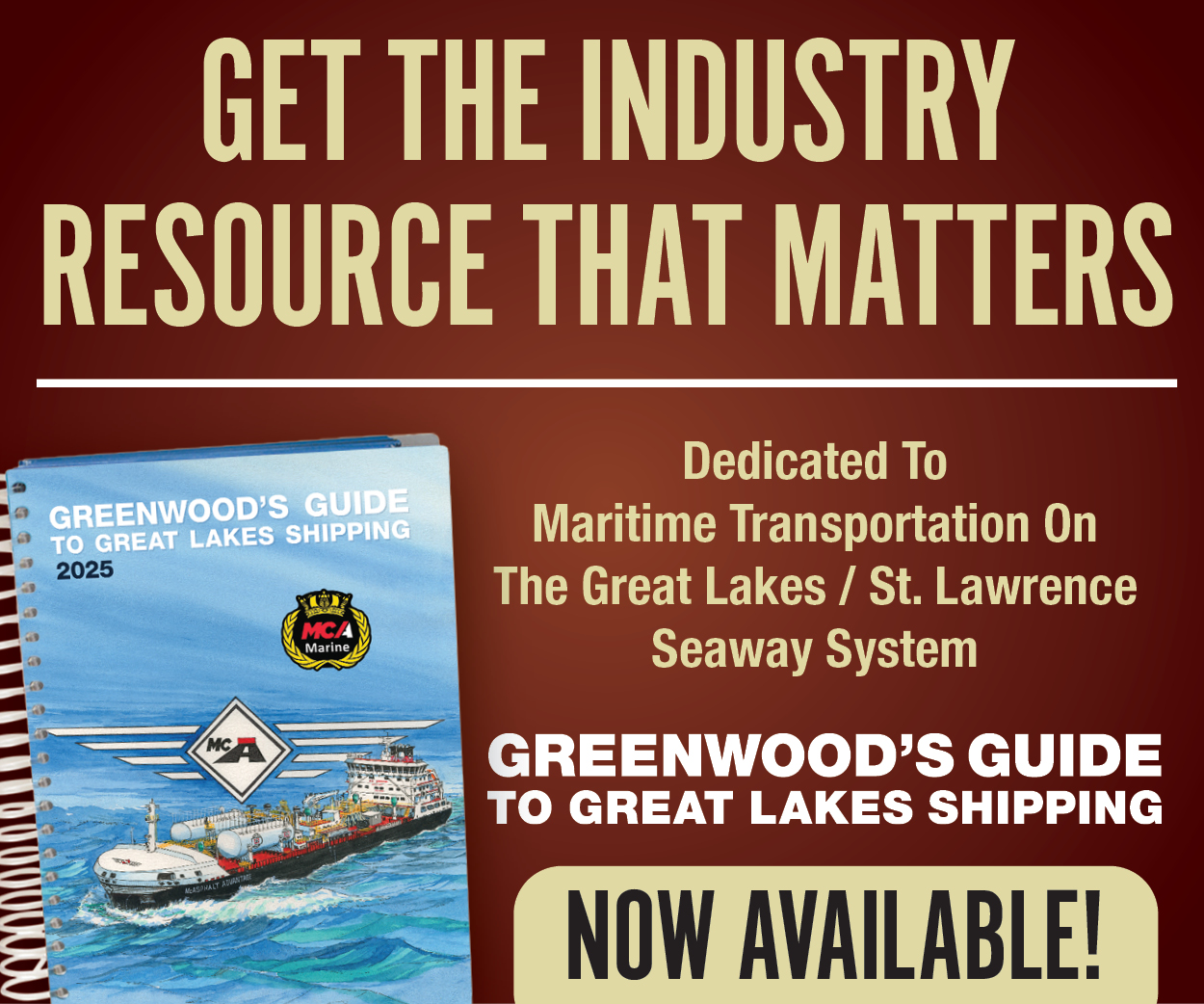Proposed Rail Merger Draws Pushback
A coalition of powerful interests is lining up to oppose a proposed merger between two of the nation’s largest Class 1 railroads, Union Pacific (UP) and Norfolk Southern (NS). Opponents are concerned that Class 1 freight rail competitors CSX and BNSF might respond by merging, creating a duopoly—a rail network dominated by only two carriers that could raise rates at will. Under the deal, UP would acquire NS in a stock and cash deal that values NS at about $85 billion.
Railroads have been losing freight market share to trucks in recent years and have responded by consolidating and cutting costs, increasing their profitability even as their market share contracts or stagnates. About half of rail freight is bulk commodities, where railroads compete with barge companies on delivery speed, price, timing and reliability.
Union Pacific CEO Jim Vena told analysts that the combined company would deliver faster and more comprehensive freight service nationwide. Union Pacific covers the western U.S., operating in about 23 states; Norfolk Southern serves primarily the eastern half, spanning 22 states. There is little overlap in routes and service points. UP argues that the merger would create the first true intercontinental rail network, fulfilling Abraham Lincoln’s vision. Freight analysts say such a merger could appeal to major shippers like Amazon, Walmart and Target.
Port, Barge Effects
A merger would link UP’s western rail lines with NS’s eastern network, encompassing around 100 ports nationwide. Upstream river port facilities—especially those on the Mississippi, Ohio, Tennessee and Missouri Rivers—would gain direct rail connectivity coast to coast, possibly eliminating the need for interchanges like those at Chicago or Memphis.
While no amount of increased rail efficiency will make rail directly competitive with barge rates where both modes serve the same routes, the merger could provide benefits for the barge industry in some areas by stimulating demand for container-on-barge service—if it is integrated with rail networks.
Rail Union Opposes Merger
The largest national rail union, SMART/Transportation Division, which represents about 125,000 active and retired rail, bus and mass transit workers, claims that Union Pacific leads the industry in accidents, incidents, injuries and fatalities, citing a troubling safety record and excessive worker harassment. The group urged regulators to weigh the potential impact on workers, safety and service before approving the merger.
According to Union Pacific, serious derailments declined 26 percent in 2023 compared to 2019, and track-related derailments have fallen 28 percent over the past 10 years. In 2024, the injury rate fell by 23 percent, and derailment incident rates dropped by 20 percent compared to 2023.
Norfolk Southern, SMART/TD said, has taken a more progressive labor approach, pledging not to furlough conductors or engineers during economic slowdowns.
A second major union, the Brotherhood of Locomotive Engineers and Trainmen, has not yet taken a stance on the deal, but it raised concerns with President Donald Trump over Union Pacific’s use of Mexican national crews at the Southern border. The BLET has called for federal rules requiring U.S. crews to operate trains inside the country and for English to be the mandated working language.
The Surface Transportation Board (STB), which must approve all proposed mergers, will hold an open comment period before making its decision. The STB was set up to protect competition. Under the old rules, a proposed merger only had to maintain or not adversely affect existing competition. Under more recent rules, a merger has to enhance competition.



